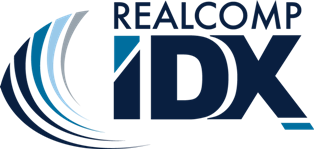
While qualified borrowers often like to have choices, having too many funding options can get confusing. If you are considering borrowing money to upgrade your home, here are a few things to consider.
How Do Home Improvement Loans Work?
It’s essential to understand that the term “home improvement loan” is not precise. This type of borrowing typically involves packages that range from traditional loans to lines of credit. What these sometimes vastly different opportunities have in common is they are used to make property upgrades. This may include emergency roof repairs to transforming a home into an open floor plan.
So-called home improvement loans can be broken into two categories — secured and unsecured. Secured loans involve those borrowers leverage collateral to secure. Unsecured loans, as you might suspect, are offered without collateral. It’s not uncommon for unsecured products to charge higher interest because the lender takes increased risk.
What Are The Best Home Improvement Loans?
Each type of home improvement product offers a different structure for qualified borrowers. The terms and availability of home improvement loans are largely driven by items such as credit scores, equity and debt-to-income ratios, among others. The following highlights how the commonly secured home improvement loans work.
- HELOC: A Home Equity Line of Credit ranks among the preferred secured loans. Based on the equity property owners have built up, the secured amount can be employed. Borrowers use the loan option much like a credit card and withdraw funds as needed. This proves cost-effective because homeowners can take out only the funds they require and typically enjoy flexible repayment options.
- Home Equity Loan: Sometimes referred to as a “second mortgage,” this option provides a lump sum to make upgrades. Often used to remodel a home, these secured products rank among the low-interest options available to qualified homeowners.
- Credit Cards: Unsecured funding options usually come with higher interest rates because lenders take a greater risk if a default occurs. Although employing a credit card or similar unsecured option can result in paying excessive fees, fast repayment can minimize cost. It’s not uncommon for homeowners to apply for these lines of credit from retailers that sell building materials. Many offer zero interest for a set number of months. If you can meet those terms, credit cards can function just like cash.
Homeowners would be well-served to consider interest rates, fees and repayment terms when selecting a home improvement loan. Perhaps the key involves choosing an option that cost-effectively fits your needs.
About the Author

